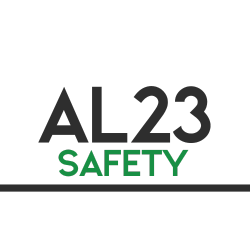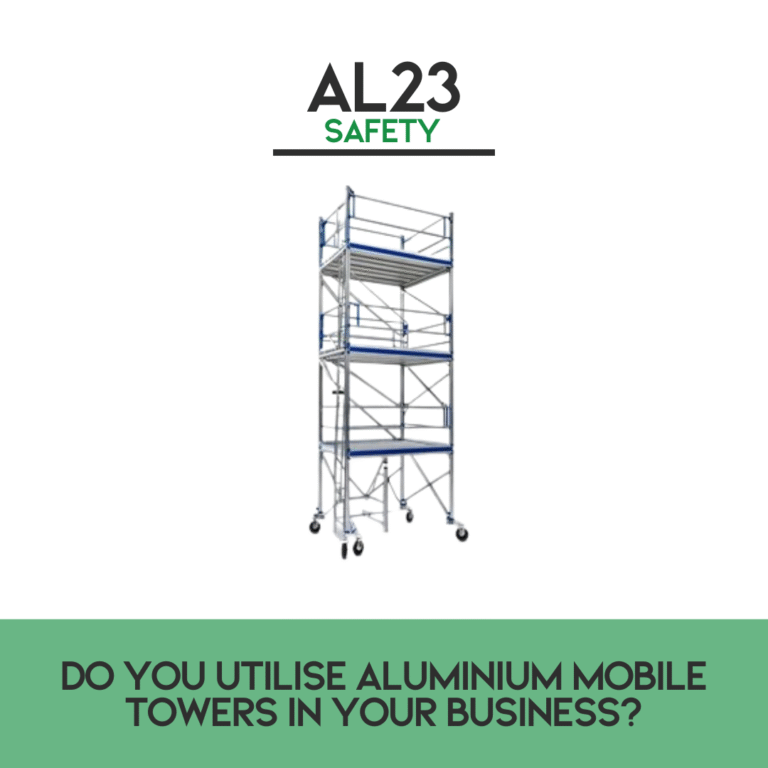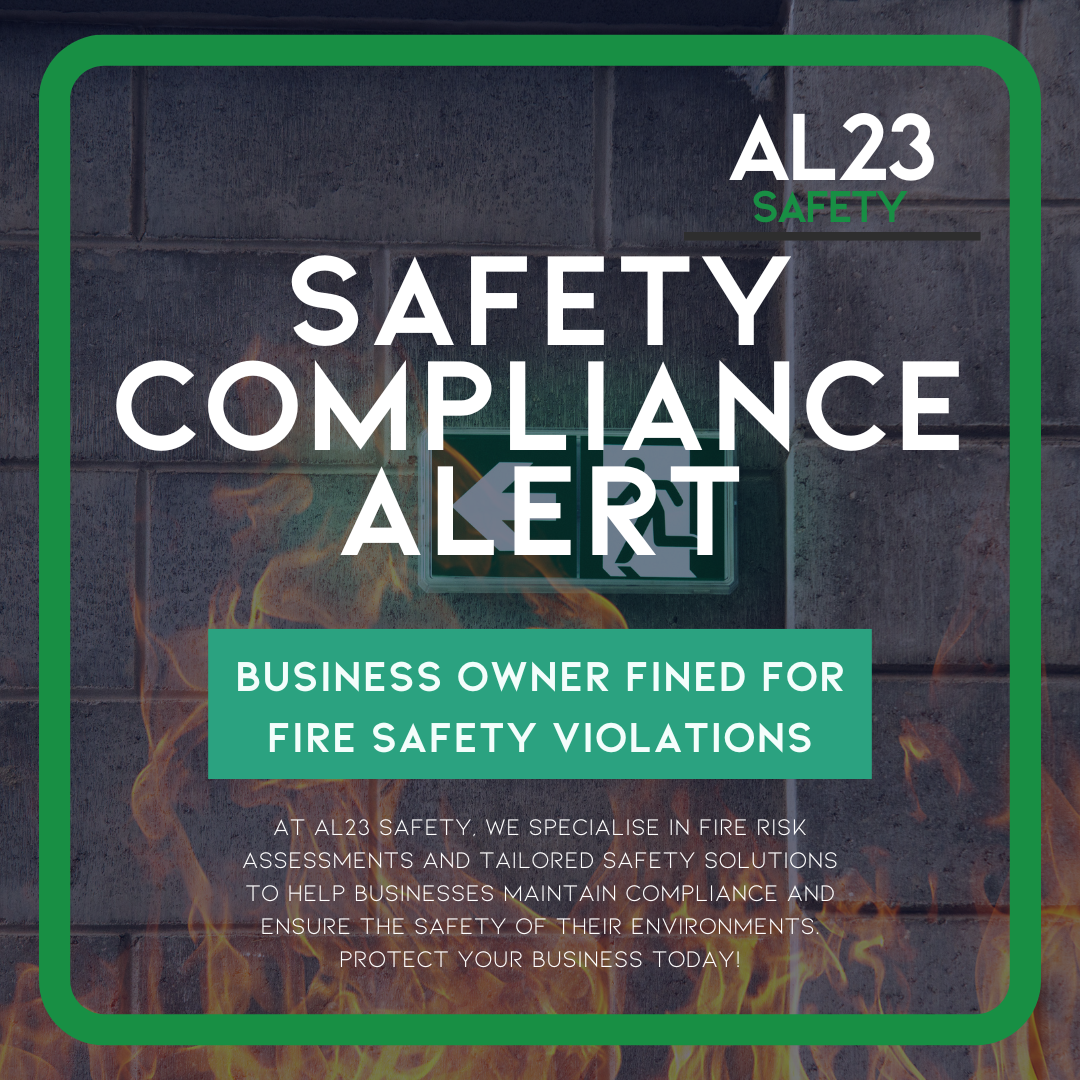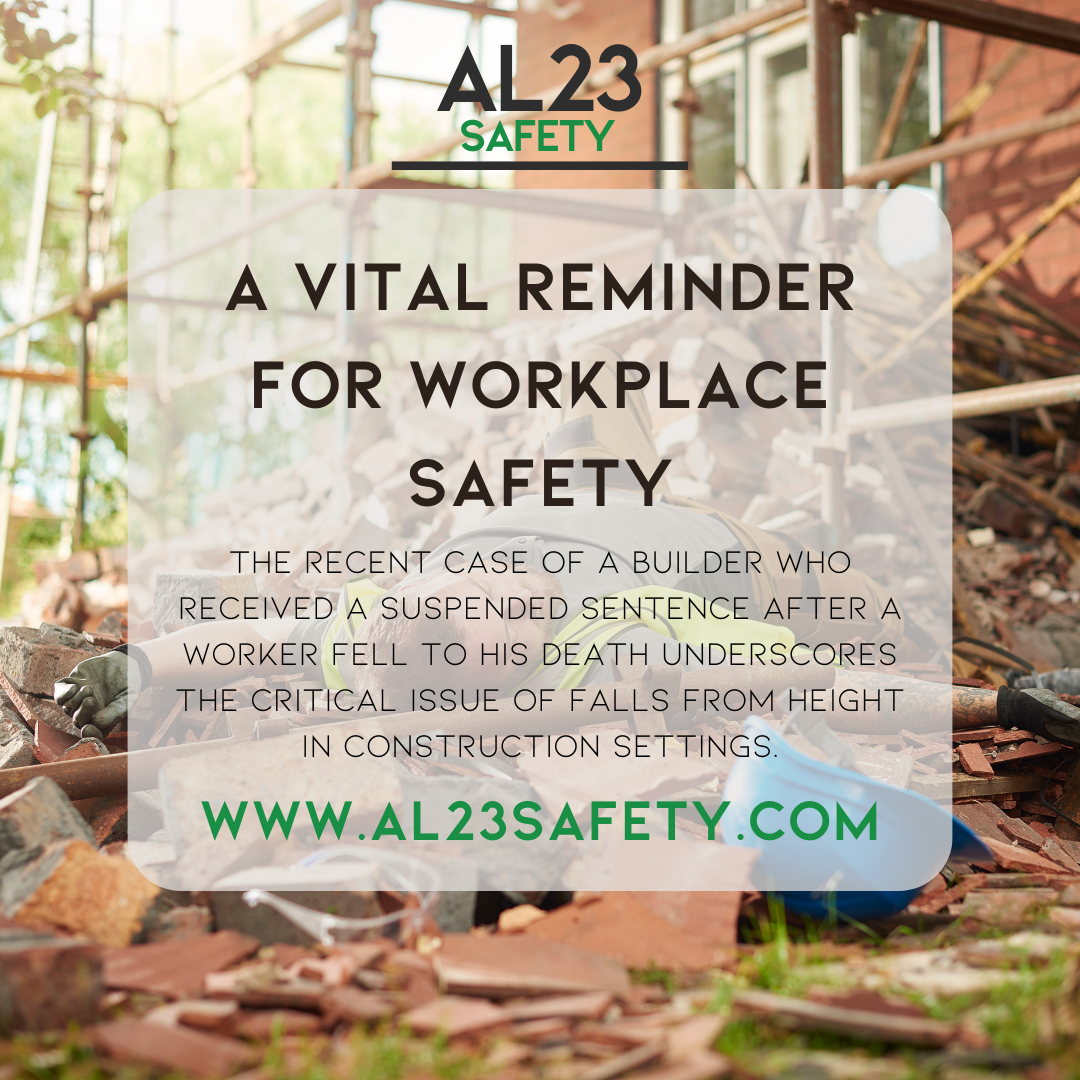Aluminium mobile tower safety is critical for businesses relying on these versatile structures to enable safe work at height. While aluminium mobile towers offer practical solutions for contractors and workers across various trades, improper use can lead to serious incidents, such as falls, collapses, or injuries. To help your workplace stay safe and compliant, this blog outlines five essential tips to ensure aluminium mobile tower safety, covering risks, controls, training, and legal compliance.
Understanding the Risks of Aluminium Mobile Towers
Aluminium mobile towers are widely used for their lightweight and adaptable design, but they come with inherent risks if not managed properly. Without essential components like stabilisers, guardrails, or toe boards, the risk of tower instability or falls increases significantly. Outdoor use introduces additional hazards, such as uneven ground, adverse weather, or slippery surfaces, which can compromise aluminium mobile tower safety. Furthermore, improper manual handling of heavy components or cluttered work environments can lead to trips and accidents.
To mitigate these risks, it’s vital to follow manufacturer specifications during assembly and use. For instance, ensuring the tower is erected on stable, level ground and checking for weather-related hazards can prevent accidents. Maintaining a tidy workspace free of debris also reduces the likelihood of trips, enhancing overall safety.
The Importance of Training for Aluminium Mobile Tower Safety
One of the most effective ways to ensure aluminium mobile tower safety is through comprehensive training. Workers must be trained to assemble, operate, and dismantle towers correctly, as assuming all towers function similarly can lead to errors. Employers should establish robust training programs that cover proper usage, hazard identification, and safe manual handling practices.
Training should be ongoing, with regular refreshers to keep safety protocols top of mind. By equipping workers with the knowledge to operate towers safely, businesses can significantly reduce the risk of accidents and ensure compliance with the Work at Height Regulations 2005.
Regular Inspections: A Cornerstone of Safety
Regular inspections are a legal requirement and a critical component of aluminium mobile tower safety. Towers must be inspected by a competent person after initial assembly, following any incident that could affect stability, and at least every seven days. A competent inspector should be trained to identify both obvious and subtle defects, such as loose fittings or structural weaknesses, that could compromise safety.
Implementing a systematic inspection process ensures that potential issues are addressed before they lead to accidents. Documenting these inspections also demonstrates compliance with legal standards, protecting both workers and the business from liability.
Effective Communication and Competency
Clear communication is essential for maintaining aluminium mobile tower safety. Conducting thorough risk assessments and sharing them with all team members ensures everyone understands the safety protocols. Supervisors should be empowered to monitor worksites and address unsafe practices immediately, fostering a culture of accountability.
Competency is equally important. Workers responsible for erecting or dismantling towers must have the necessary qualifications and experience. Ongoing competency training ensures that engineers and inspectors remain up to date on best practices, further enhancing workplace safety.
Legal Compliance and Best Practices
Compliance with the Work at Height Regulations 2005 is non-negotiable for businesses using aluminium mobile towers. Employers must ensure that their practices align with legal standards to protect workers and the public. This includes investing in proper training, conducting regular inspections, and maintaining detailed records of safety measures.
Adopting best practices goes beyond compliance. For example, using high-quality towers with all required safety components and ensuring proper storage to prevent damage can enhance aluminium mobile tower safety. By prioritising safety, businesses can reduce risks, limit liability, and create a safer working environment.
Conclusion: Prioritising Aluminium Mobile Tower Safety
Aluminium mobile tower safety is achievable with the right approach. By understanding the risks, investing in comprehensive training, conducting regular inspections, fostering clear communication, and adhering to legal standards, businesses can create a secure workplace. These five tips provide a roadmap for enhancing safety and ensuring compliance when working at height.
At AL23 Safety, we’re committed to helping you achieve the highest safety standards tailored to your unique needs. For expert guidance and support in implementing effective safety measures, visit our services page today. Let’s work together to make your workplace safer and more efficient.



